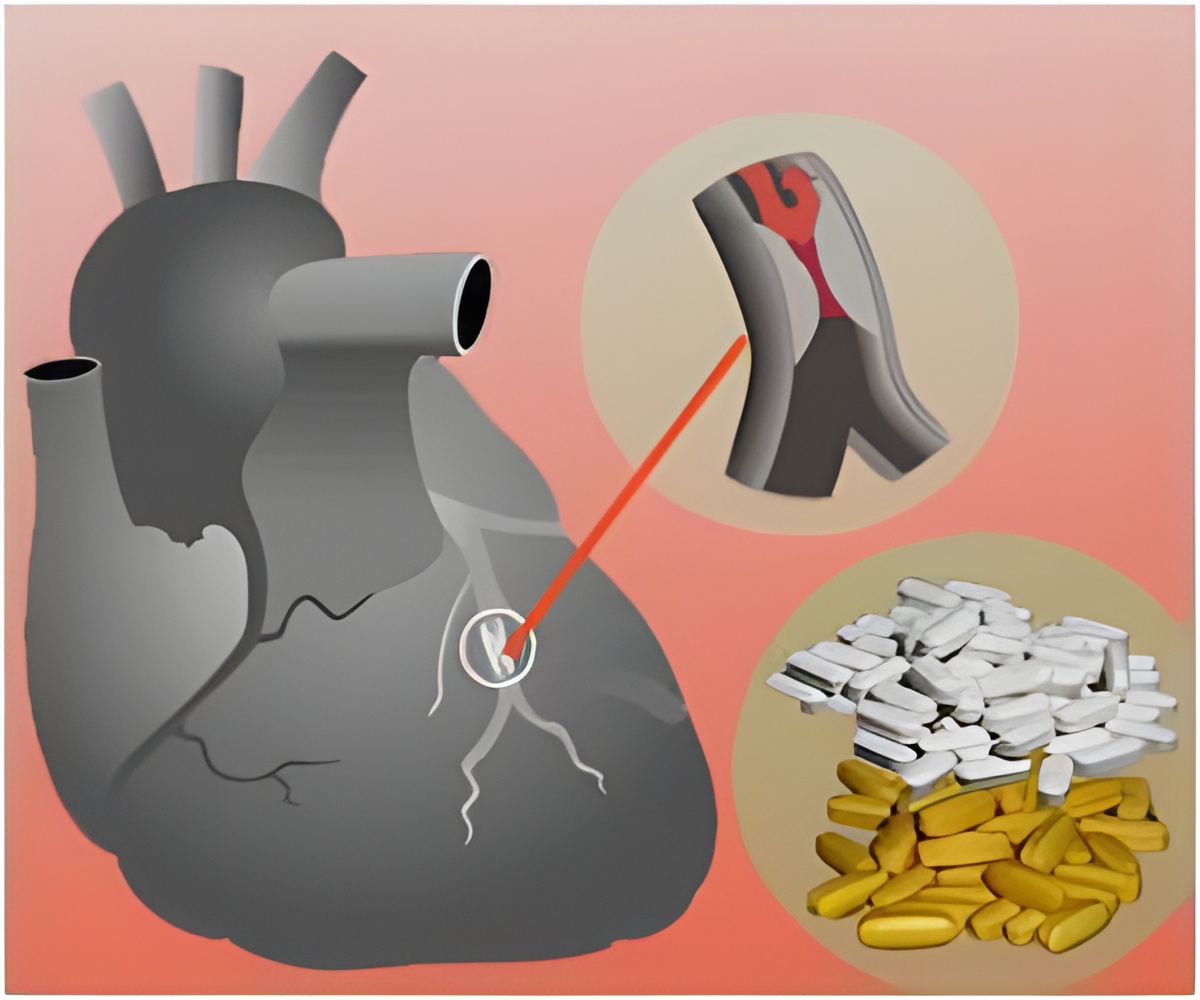Coronary artery calcification score is associated with trabecular bone mineral density. Women were at a greater risk of coronary artery calcification.

The CACS is calculated from the coronary calcium scan (a specialized X ray that provides images of the heart). It helps your consultant measure calcium-containing plaque in the arteries. CACS score of zero suggests no calcium seen in the heart, hence low chances of developing cardiac complications in the future. The higher the amount of calcium present, the higher will be the score and hence greater risk.
‘Coronary artery calcification score (CACS) is associated with trabecular and cortical volumetric bone mineral density. Trabecular volumetric BMD of the spine is inversely related to CACS. Cortical BMD was independently directly related associated with a CACS score greater than 0.’
Read More..




A score of 100-300 indicates moderate plaque deposits which may be associated with a high risk of suffering from a heart attack in the coming 3-5 years.Read More..
A score greater than 300 is a sign of very high to severe disease and heart attack risk. A percentile score indicates your amount of calcium compared to people of the same age and sex.
Trabecular or spongy bone is light, porous bone enclosing a large number of spaces. It has a honey comb like appearance. Trabecular bones are present at the end of almost all bones.
Bone mineral density uses X rays to measure the amount of minerals, namely calcium in the bones.
Trabecular volumetric BMD of the spine is inversely related to CACS. Studies stated that the relation between CACS and cortical volumetric bone density is yet not reported.
Advertisement
This study showed that cortical BMD was independently directly related associated with a CACS score greater than 0. A high ratio of cortical to trabecular volumetric BMD was associated with an increased CACS score.
Advertisement
This risk should be majorly calculated for women. The study showed that women were at a greater risk of coronary artery calcification.
Source-Medindia















